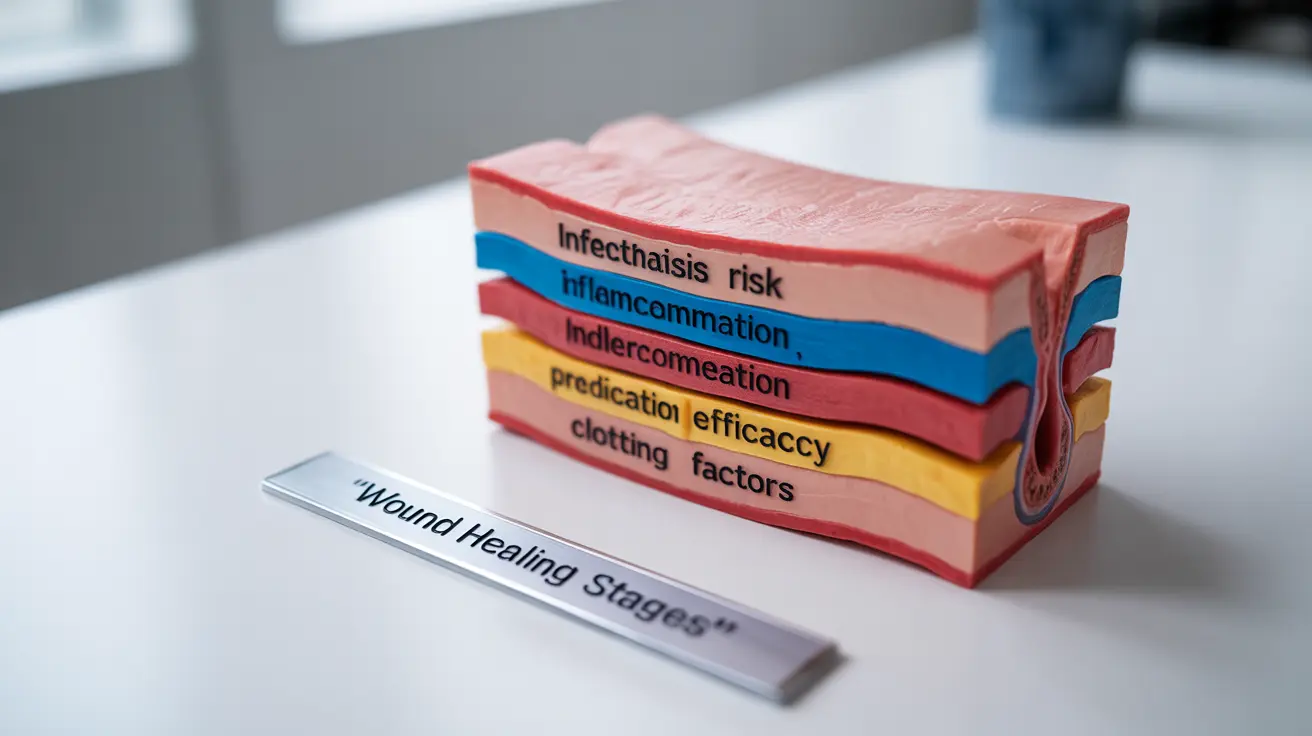Many people are surprised to discover they have what appears to be an extra nipple on their body. These supernumerary nipples, commonly known as third nipples, can sometimes be mistaken for moles or birthmarks. Understanding the differences between these skin features is crucial for proper identification and peace of mind.
In this comprehensive guide, we'll explore how to identify a third nipple, understand its causes, and learn about potential health implications. We'll also address common concerns about these natural variations in human anatomy.
Identifying a Third Nipple
Third nipples typically appear along what's called the "milk line" – two vertical lines running from the armpit to the groin on both sides of the body. These additional nipples can vary significantly in appearance and may present as:
- Complete nipple and areola structure
- Small raised bump with darker pigmentation
- Flat patch of darker tissue
- Small indentation with surrounding pigmentation
Unlike typical moles, third nipples often have specific characteristics that can help with identification:
- Located along the milk line
- May have areolar tissue surrounding the central point
- Can become more pronounced during hormonal changes
- Might respond to temperature changes
Common Locations and Variations
Understanding where third nipples typically appear can help distinguish them from other skin marks:
- Below the regular breasts (most common)
- In the armpit region
- On the abdomen
- Rarely, on other parts of the body
Development and Genetic Factors
Third nipples develop during embryonic growth, typically forming between weeks 4 and 5 of fetal development. This occurrence is relatively common, affecting approximately 1 in 18 people, with slightly higher rates in males than females.
Research suggests that supernumerary nipples may have a genetic component, though the exact inheritance pattern isn't fully understood. Some families show multiple generations with this trait, indicating possible hereditary factors.
Medical Significance and Monitoring
While most third nipples are harmless, being aware of their presence is important for several reasons:
- They can undergo changes during puberty and pregnancy
- May require monitoring during routine skin checks
- Could potentially signal certain underlying conditions
- Might need evaluation if significant changes occur
Treatment Options and Considerations
Most third nipples don't require any treatment. However, some people choose removal for:
- Cosmetic preferences
- Comfort during physical activities
- Professional or personal reasons
- Medical concerns (rarely necessary)
Frequently Asked Questions
How can I tell the difference between a third nipple and a mole or birthmark?
A third nipple typically appears along the milk line and may have a raised texture with surrounding areolar tissue. Unlike moles, it might respond to hormonal changes and temperature variations. A healthcare provider can make a definitive diagnosis through physical examination.
What causes a third nipple to develop, and is it inherited?
Third nipples develop during early fetal development when the milk line forms. There is evidence of genetic inheritance, as they often run in families, though the exact inheritance pattern isn't fully understood.
Are third nipples harmful or linked to any health problems?
In most cases, third nipples are completely harmless and don't indicate any health problems. However, like any tissue, they should be monitored for changes as part of routine health screenings.
Can a third nipple change or produce milk like regular nipples?
Yes, third nipples can respond to hormonal changes and may even produce milk during lactation, though usually in smaller amounts than regular nipples. They might also become more pronounced during puberty or pregnancy.
When and why should a third nipple be surgically removed?
Surgical removal is typically only necessary if the third nipple causes discomfort, shows concerning changes, or for personal aesthetic preferences. The procedure is generally simple and can be performed under local anesthesia.




